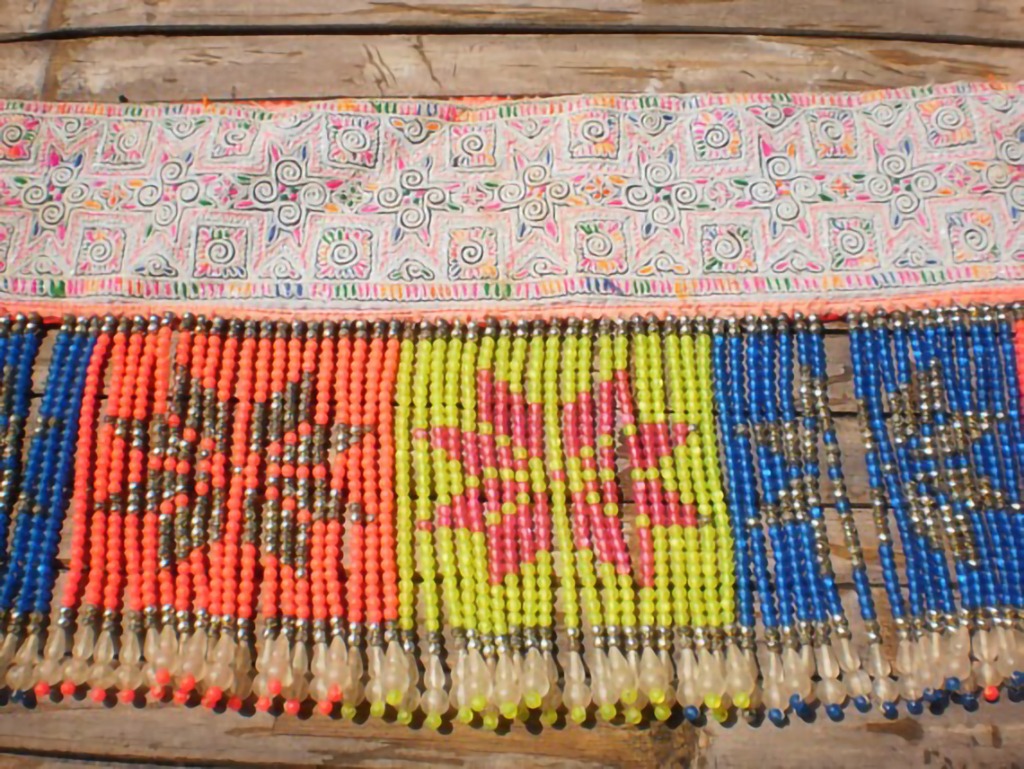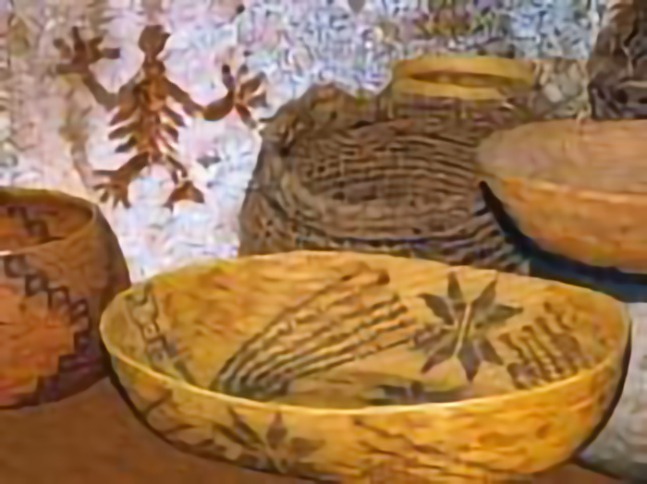
Native and Hmong: Use This Same Symbol
Exploring Shared Symbols: The Connection Between Native Americans and Hmong
Discover the remarkable similarities between Native American and Hmong symbols, highlighting shared cultural expressions across continents and centuries.



Native American and Hmong Shared Symbols: A Cultural Connection
Symbols have always been a cornerstone of cultural identity and heritage. It’s fascinating to uncover how different cultures, separated by geography and history, often express their beliefs, traditions, and values through similar symbolic designs. A striking example is the shared use of specific motifs by Native Americans and the Hmong people.
Kumeyaay: Native Californians
The Kumeyaay people, indigenous to California, are known for their intricate artistry and symbols often inspired by nature and spiritual beliefs. These symbols, deeply embedded in their cultural expressions, often mirror those found in Hmong textiles. This shared connection raises questions about human creativity and shared universal archetypes.
Visit the Museum of Man to learn more about Kumeyaay symbols.
Hmong Textile: Vintage Embroidered and Bead Strap
The Hmong, known for their vivid textile artistry, incorporate symbols with spiritual and historical meanings. Their embroidered and beaded designs echo patterns seen in Native American crafts, suggesting a fascinating overlap of cultural expression.
View Hmong textile designs here.
A Timeless Connection
Whether it’s the Kumeyaay’s ancestral motifs or the Hmong’s intricate patterns, the shared symbols between these cultures offer a glimpse into a possible shared heritage or universal artistic expression. These parallels remind us that art and culture transcend time and geography, connecting us in ways we’re only beginning to understand.
Final Thoughts
The similarities in Native American and Hmong symbols spark curiosity and admiration for the ways human creativity connects us. By studying these symbols, we honor the rich traditions of both communities and their contributions to the global tapestry of culture.





Responses